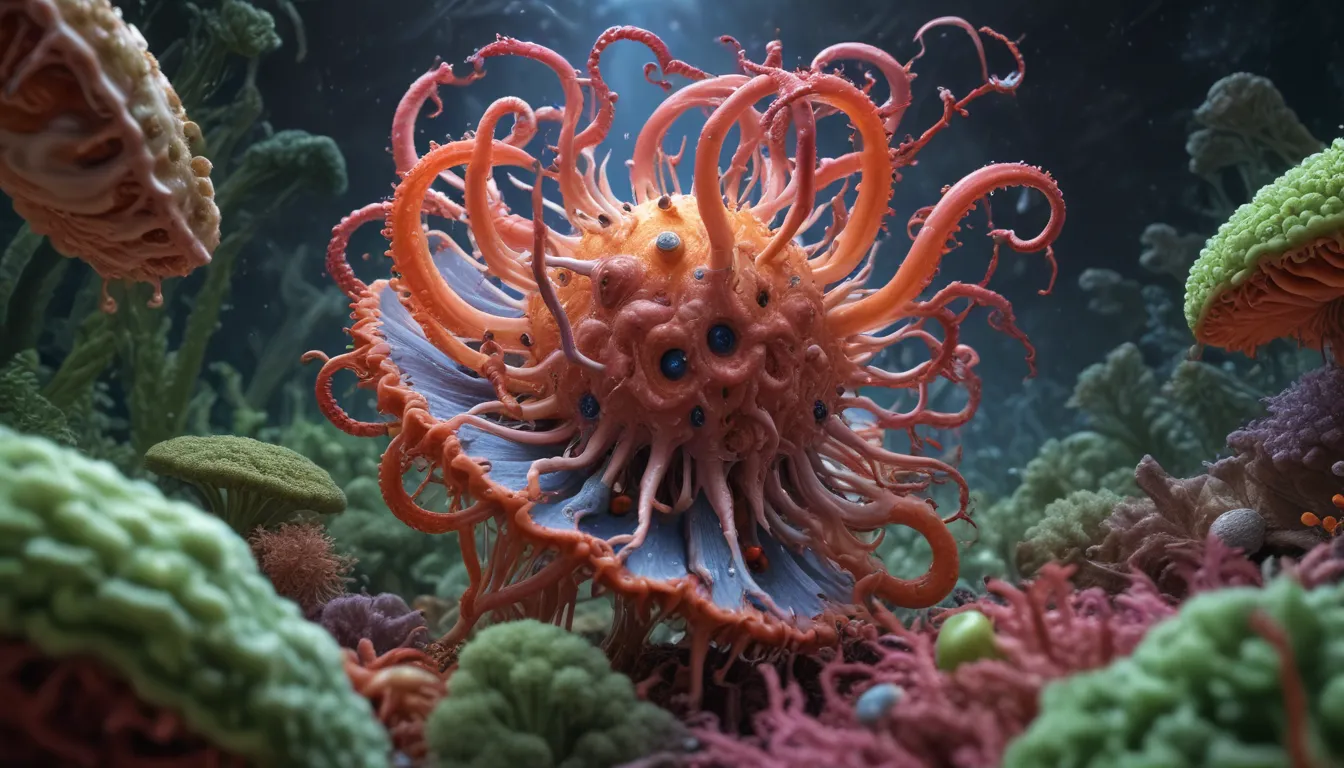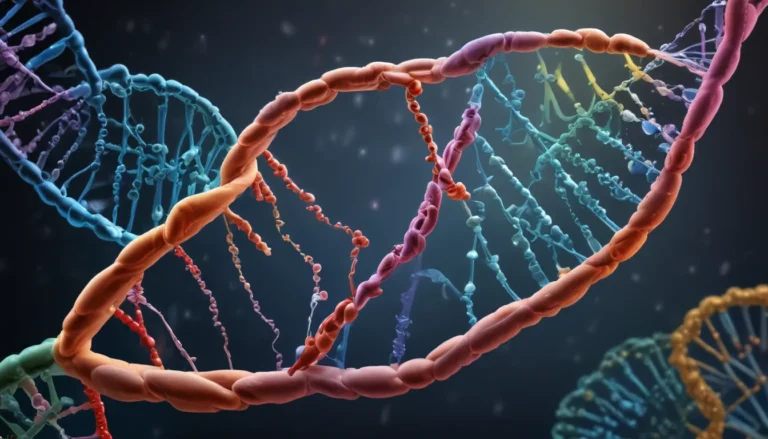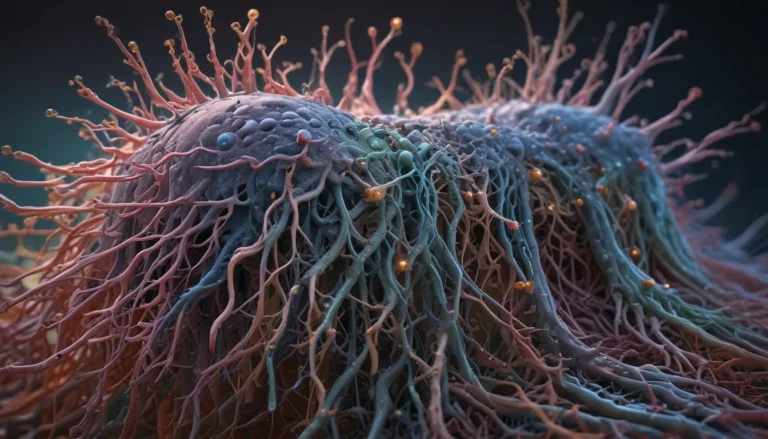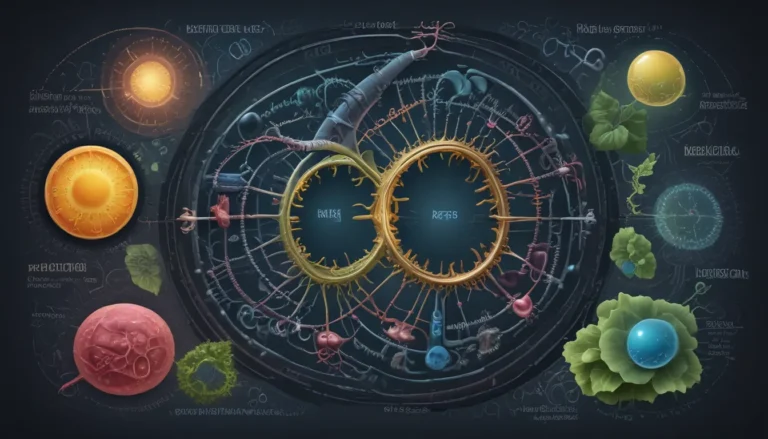A Note About Images: The images used in our articles are for illustration purposes only and may not exactly match the content. They are meant to engage readers, but the text should be relied upon for accurate information.
Helminth parasites are incredible organisms that have been coexisting with humans and animals for millions of years. Despite their potentially unsettling nature, these parasites play a crucial role in ecosystems and have fascinating adaptations that allow them to thrive in various environments. In this article, we will explore 19 astonishing facts about helminth parasites, from their diverse life cycles to their intricate reproductive strategies. So, let’s embark on a journey into the captivating realm of helminths and unravel the mysteries surrounding these often overlooked organisms!
Unveiling the World of Helminth Parasites
Key Takeaways:
– Helminth parasites are diverse, complex organisms that can cause diseases in humans and animals. Proper hygiene, sanitation, and medical treatment are essential for preventing and managing these infections.
– Helminth parasites have been around for millions of years and play a crucial role in ecosystems. They can manipulate their hosts and have zoonotic potential, highlighting the need for understanding and managing these fascinating organisms.
Diving Deeper into Helminth Parasites
Helminth Parasites: A Multicellular Marvel
Helminth parasites are a diverse group of multicellular organisms that include various species of worms. These parasites have the ability to infect humans and animals, resulting in a wide range of diseases.
Exploring the Diversity of Helminth Parasites
There are different types of helminth parasites, which can be classified into two main groups: roundworms (nematodes) and flatworms (cestodes and trematodes). Each group exhibits unique characteristics and life cycles.
Navigating the Complex Life Cycles of Helminth Parasites
Helminth parasites undergo intricate life cycles involving multiple hosts. These stages can include eggs, larvae, and adult worms, with each phase requiring specific environmental conditions for completion.
Shedding Light on Helminth-Induced Diseases
Helminth infections can lead to a variety of diseases in both humans and animals. Common helminth-induced diseases include hookworm infections, schistosomiasis, ascariasis, and tapeworm infections, each presenting with distinct symptoms based on the type and severity of the infection.
Revealing the Reproductive Strategies of Helminth Parasites
Helminth parasites employ diverse reproductive strategies to ensure their survival and transmission. Some parasites reproduce sexually, while others utilize asexual reproduction through the production of eggs or larvae.
Unveiling the Ability to Manipulate Hosts
Helminth parasites have a remarkable ability to manipulate the behavior and physiology of their hosts to enhance their own survival and reproduction. This includes altering the immune response, modifying feeding behavior, and inducing changes in the host’s reproductive system.
Understanding the Endemic Nature of Helminth Infections
Helminth infections are often endemic in tropical and subtropical regions where environmental conditions support the survival and transmission of these parasites. Poor sanitation, inadequate access to clean water, and close contact with infected individuals contribute to the spread of helminth infections.
Highlighting Zoonotic Potential
Some helminth parasites possess zoonotic potential, meaning they can be transmitted between animals and humans. Examples include the pork tapeworm (Taenia solium) and the dog tapeworm (Echinococcus granulosus), which can pose serious health risks if ingested by humans.
Preventing Transmission Through Proper Hygiene and Sanitation
Proper hygiene and sanitation practices such as handwashing before meals, consumption of clean water, and thorough cooking of food are essential in preventing helminth infections. Access to clean water sources and good sanitation infrastructure play a crucial role in reducing the transmission of these parasites.
Treatment of Helminth Infections
Helminth infections can be treated with anthelmintic drugs specifically designed to target and eliminate the parasites. Consulting a healthcare professional for proper diagnosis and treatment is essential in managing helminth infections effectively.
Long-Term Effects on Human health
Chronic helminth infections can have long-term effects on human health, particularly in children. These infections can lead to malnutrition, impaired growth and development, anemia, and reduced cognitive function, highlighting the importance of treating and preventing helminth infections.
Contributions to Medical Research
Certain species of helminth parasites have been utilized in medical research to study the immune system and develop treatments for autoimmune diseases. These parasites have demonstrated the potential to modulate the immune response and reduce inflammation.
The Asymptomatic Nature of Helminth Infections
Not all helminth infections manifest with noticeable symptoms, leading some individuals to harbor parasites without experiencing health issues. However, even asymptomatic infections can pose a risk of transmission to others, underscoring the importance of diagnosis and treatment.
Evolutionary History of Helminth Parasites
Helminth parasites have a long evolutionary history, with fossil records dating back millions of years. Through adaptation to various environments and hosts, these parasites have thrived across diverse ecological niches.
Immune Modulation by Helminth Parasites
Helminth parasites have evolved mechanisms to dampen the host’s immune response, allowing them to establish persistent infections. Understanding this ability to modulate the immune system is crucial for potential applications in treating immune-related disorders.
Diagnosis of Helminth Infections
Laboratory tests such as stool examinations and blood tests are utilized to diagnose helminth infections by detecting parasite eggs, larvae, or specific antibodies in patient samples.
Adapting to Drug Treatments
Some helminth parasites have developed resistance to common anthelmintic drugs, posing challenges in treatment. Continued research and the development of new treatment strategies are essential in combating drug-resistant helminth infections.
Ecological Roles of Helminth Parasites
Helminth parasites contribute to ecosystems by interacting with various hosts and participating in the regulation of populations and ecological balance. Understanding these ecological roles is vital for maintaining healthy ecosystems.
Embracing the World of Helminth Parasites
In conclusion, helminth parasites are extraordinary organisms that have evolved alongside humans and animals. Their intricate adaptations and survival strategies continue to intrigue researchers and medical professionals alike. By understanding the biology and behaviors of these parasites, effective treatment and prevention strategies can be developed. As we unravel more astonishing facts about helminth parasites, we gain a deeper appreciation for the complexities of the natural world and the relationships that shape it.
Frequently Asked Questions
- What are helminth parasites?
-
Helminth parasites are multicellular organisms belonging to the phylum Platyhelminthes and Nematoda. They include species such as tapeworms, flukes, and hookworms.
-
How do helminth parasites infect humans?
-
Helminth parasites can infect humans through contaminated water or food, contact with contaminated soil, or by vectors such as mosquitoes or snails. Direct contact with infected animals can also lead to transmission.
-
What are the symptoms of helminth infections?
-
Symptoms of helminth infections vary based on the parasite type and may include abdominal pain, diarrhea, weight loss, anemia, and fatigue. Severe cases can result in organ damage and long-term health complications.
-
How are helminth infections diagnosed?
-
Diagnosis of helminth infections involves various methods such as stool examinations to detect parasite eggs, blood tests for specific antibodies, and imaging techniques like ultrasound or endoscopy to visualize parasites in the body.
-
Can helminth infections be treated?
- Yes, helminth infections can be treated with anti-parasitic medications tailored to the specific parasite. Multiple rounds of treatment may be required to ensure complete eradication of the parasites.
Unveiling the Intriguing World of Helminth Parasites
Helminth parasites may appear daunting at first glance, but their role in human health and ecosystems is truly fascinating. From their ability to manipulate hosts to their contribution to ecosystems, these organisms offer a wealth of knowledge waiting to be explored. By unraveling the mysteries of helminth parasites, we gain a deeper understanding of the intricate relationships that exist within the natural world. So, whether you’re a curious reader or a budding scientist, delve into the astonishing world of helminth parasites and uncover the ways in which they shape our lives.
Feedback and Contribution
We are dedicated to providing accurate and engaging content, with each fact on our site contributed by users like you. Our team of editors meticulously reviews each submission to ensure authenticity and credibility. Trust in our commitment to quality and authenticity as you explore and learn with us. Your feedback and contributions are invaluable in furthering our mission to deliver trustworthy and captivating content to our readers. Thank you for being a part of our community of knowledge seekers!






